Caracas is not only noise, traffic and intermittent rains, it also keeps corners where time seems to have stopped⏳ Taking advantage of the fact that I'm on vacation in my hometown, I decided to tour its historic side and discover places that, curiously, I didn't know as well as I thought. I grew up in another city, and now that I want to live here again, my goal is to learn to move through its streets and feel it really mine🌸 Among squares full of history, facades that have seen centuries go by and alleys with a thousand anecdotes, this walk was like opening an old book and discovering that, among its pages, there is still life, colors and secrets that deserve to be told.
Caracas no es solo ruido, tráfico y lluvias intermitentes, también guarda rincones donde el tiempo parece haberse detenido⏳ Aprovechando que estoy de vacaciones en mi ciudad natal, decidí recorrer su lado histórico y descubrir lugares que, curiosamente, no conocía tan bien como pensaba. Me crié en otra ciudad, y ahora que quiero volver a vivir aquí, mi meta es aprender a moverme por sus calles y sentirla realmente mía🌸 Entre plazas llenas de historia, fachadas que han visto pasar siglos y callejones con mil anécdotas, este paseo fue como abrir un libro viejo y descubrir que, entre sus páginas, todavía hay vida, colores y secretos que merecen ser contados.
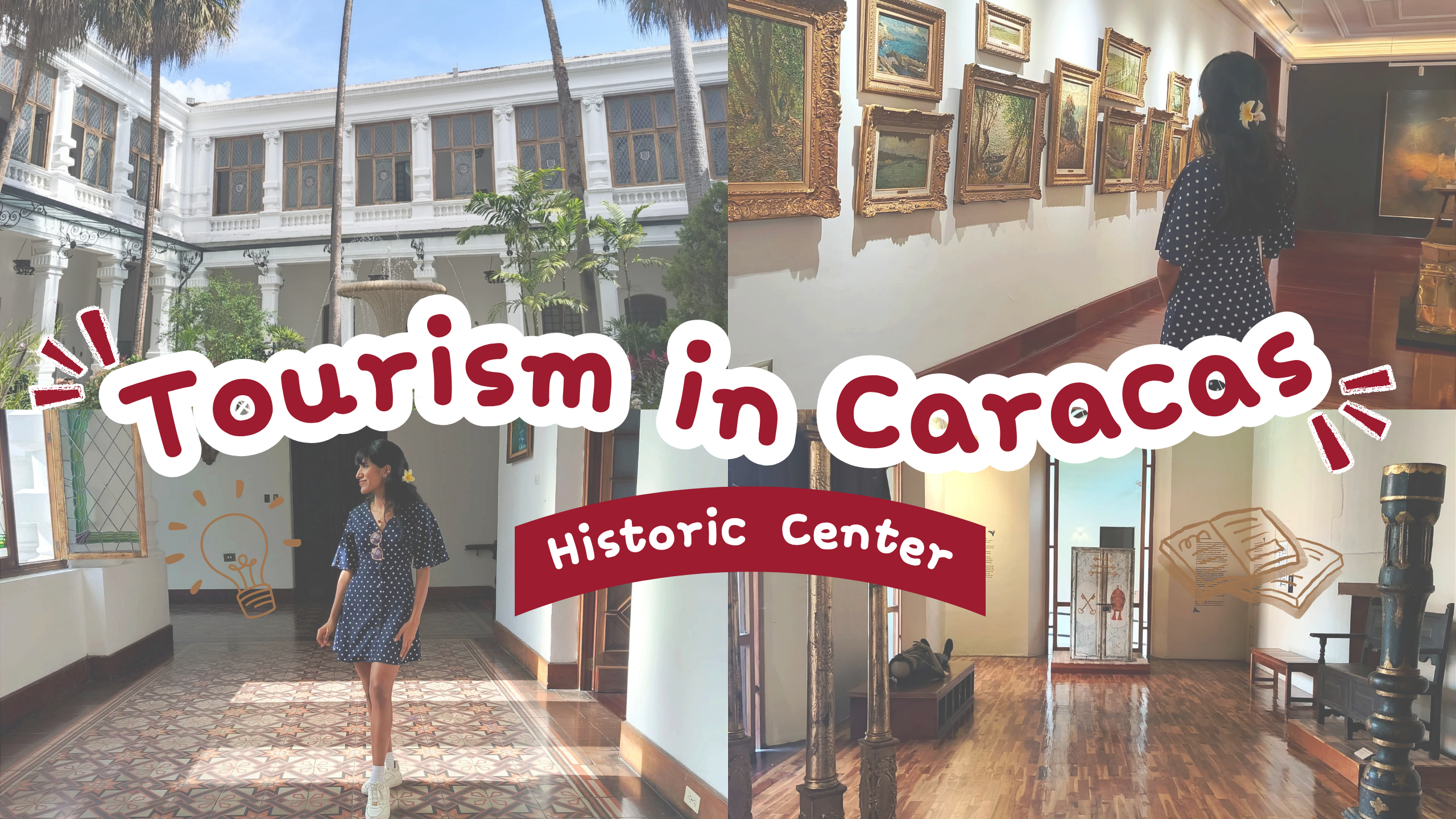 ---
---
Simón Bolívar's Natal House
Visité la Casa Natal de Simón Bolívar, en pleno corazón histórico de Caracas -frente a la Plaza El Venezolano- y fue como caminar entre suspiros del pasado. Esta casona colonial, construida en el XVII, fue declarada Monumento Nacional y ha sido restaurada en diferentes ocasiones debido a terremotos y el deterioro del tiempo. Al entrar, te encuentras con patios rodeados de corredores y habitaciones antiguas, y justo en el patio de entrada se puede observar la pila baustimal original, donde se bautizó al Niño Simón, traída directamente desde la Catedral de Caracas. También están retratos de El Libertador, murales al óleo de Tito Salas que ilustran episodios claves de su vida y la independencia, con guías en cada habitación para ir comentando los detalles relevantes. De igual manera, también se encuentra una parte que antes sería la caballeriza de la casa -donde estaban sus caballos Palomo y Tormenta-, la cocina colonial, y hasta los asientos en los alféizares de las ventanas, pensados para que las mujeres pudieran sentarse durante el cortejo. Es increíble imaginar que en ese mismo lugar caminó, estudió, jugó y aprendió un personaje tan importante como Simón Bolívar. Un espacio rodeado de historias y objetos reales -algunos originales, otros réplicas exactas-, que conectan siglos de historia de Venezuela.Casa Natal de Simón Bolívar

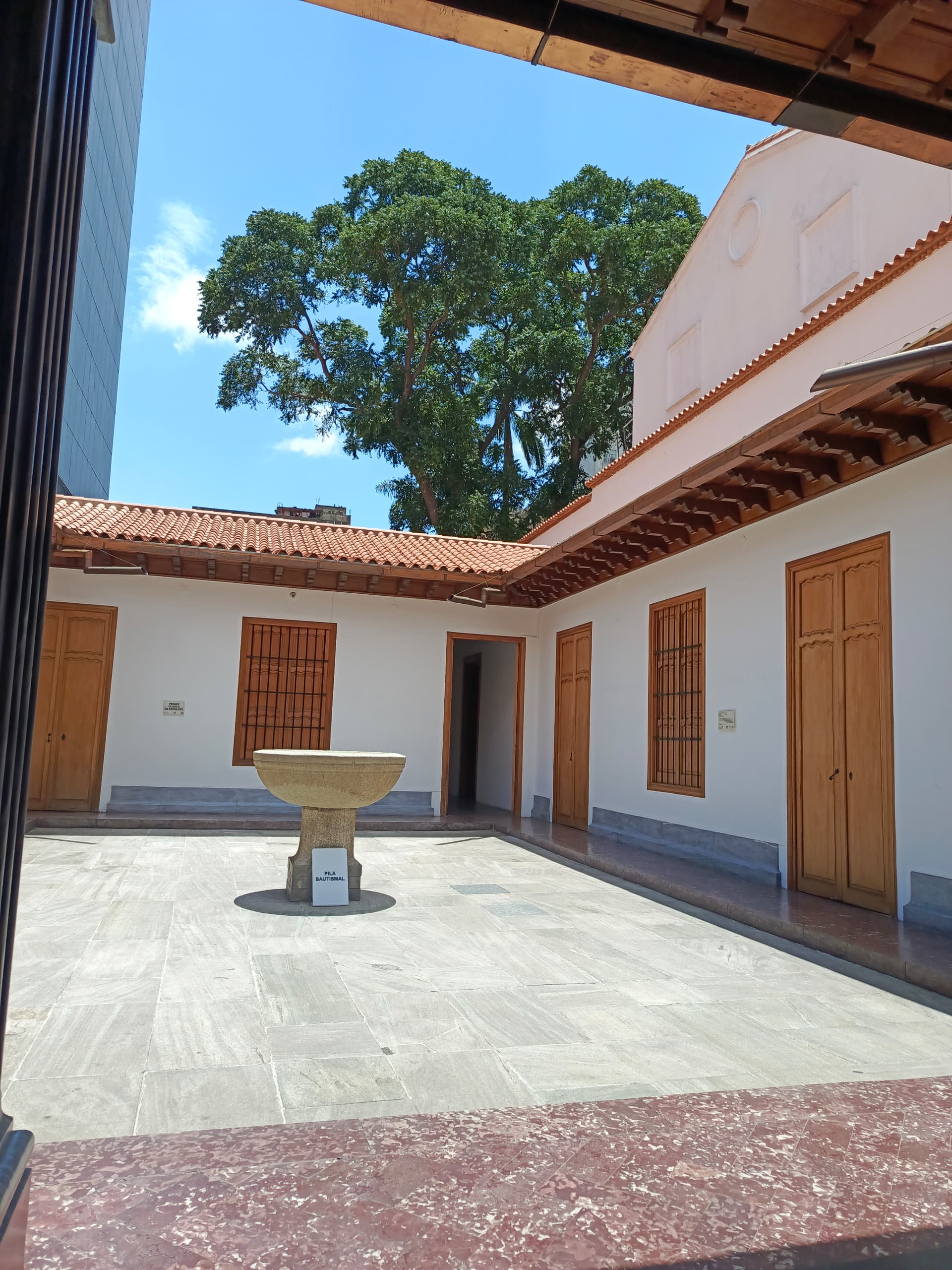 |
|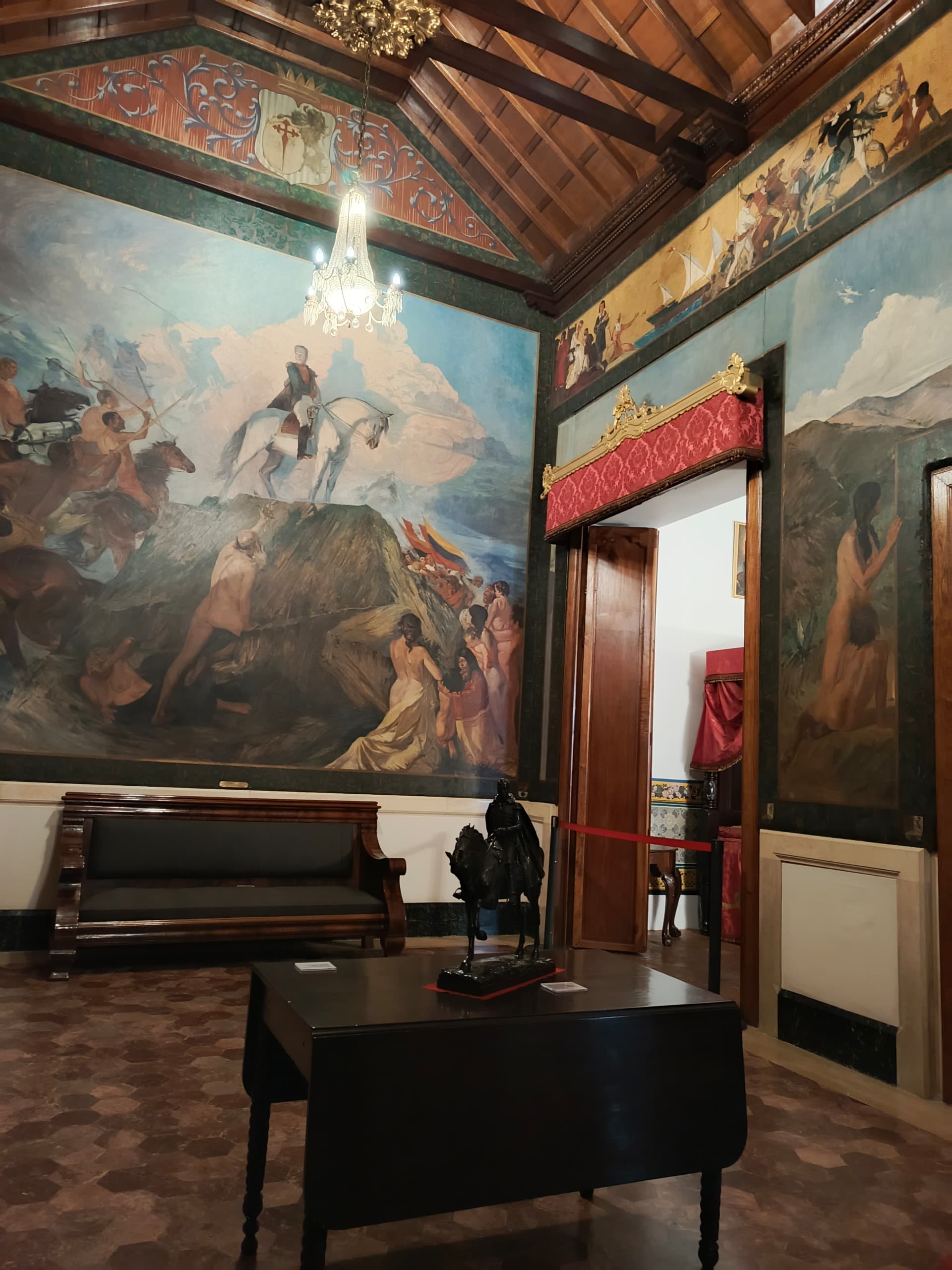 |
|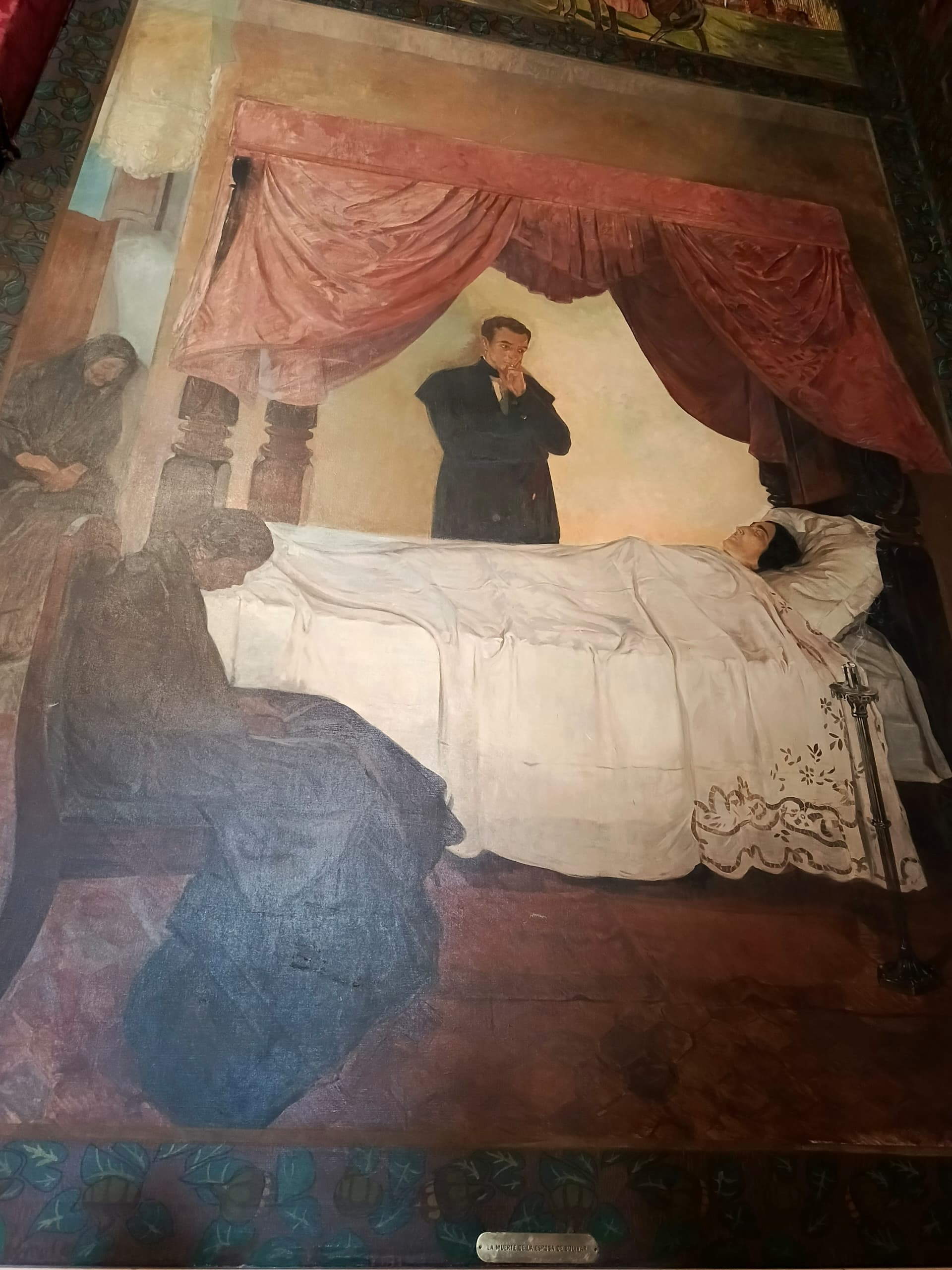 -|-|-
---
-|-|-
---
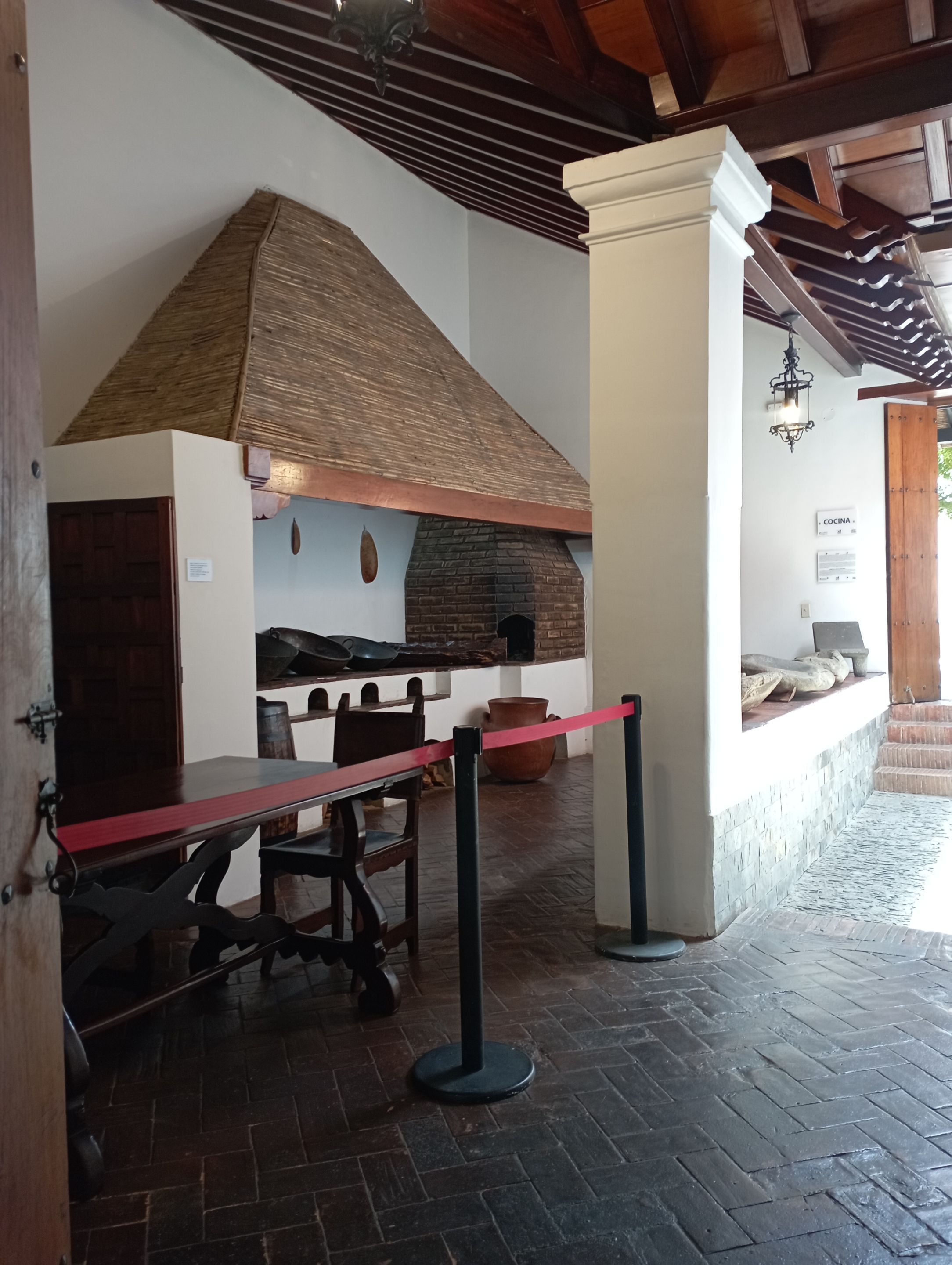 |
|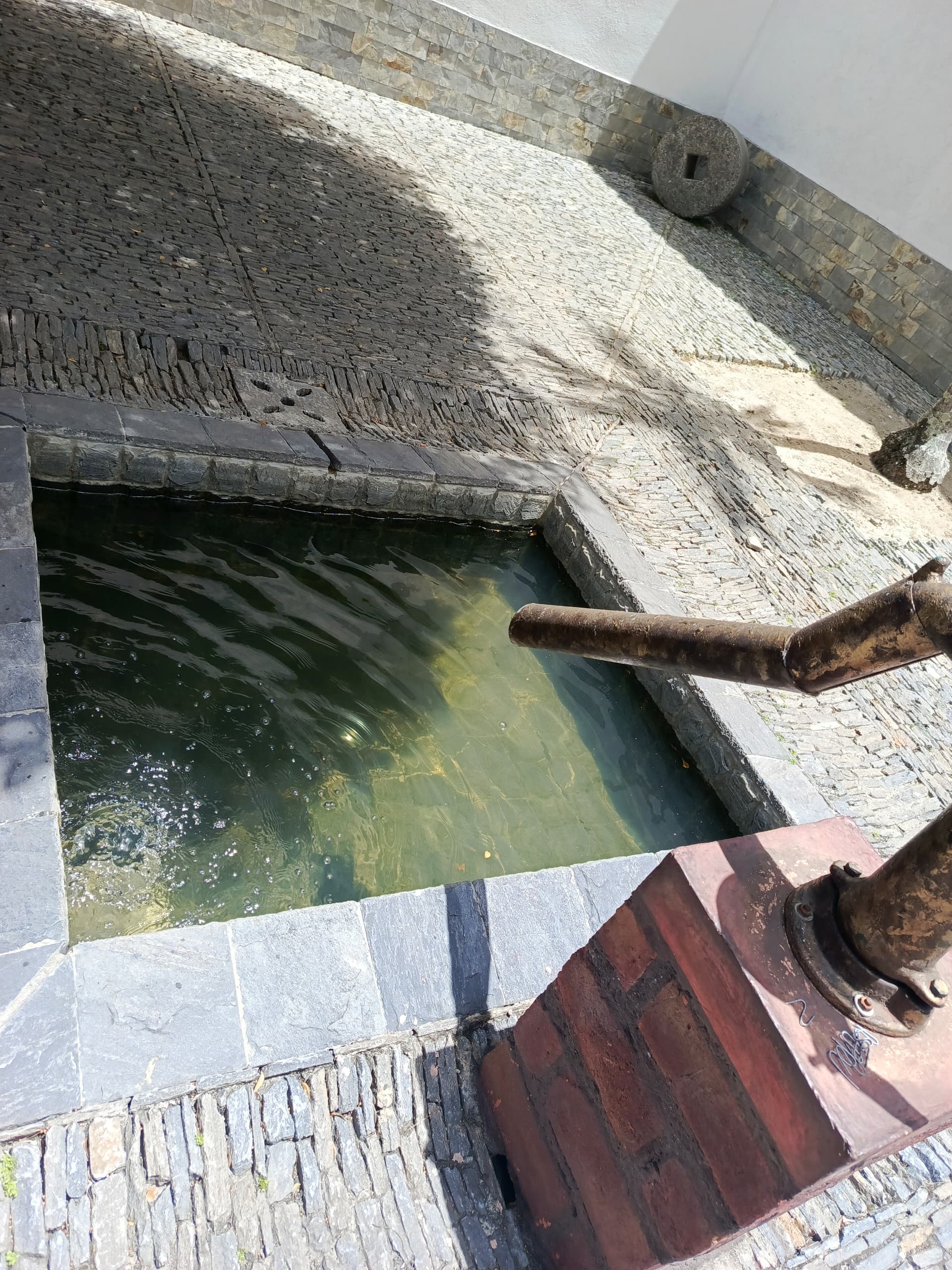 |
| -|-|-
---
-|-|-
---
Bolivarian Museum
A few steps away from the Natal House, the tour continued at the Bolivarian Museum, a space that houses an impressive historical treasure. Its rooms display some of Simón Bolívar's original objects: from clothing and personal items to iconic weapons. But not everything revolves around Bolívar; there are also pieces from other great figures in our history, such as Francisco de Miranda, Luisa Cáceres de Arismendi, and José Antonio Páez, among many others.
One of the most striking aspects was the exhibition dedicated to the exhumation of Bolívar's remains. Through documents, photographs, and detailed explanations, this important moment in history and research is reconstructed. You can also see letters, records, and ancient writings that seem to whisper stories from another era. It is a place that, beyond admiration for the pieces, connects you deeply with the country's history.
A pocos pasos de la Casa Natal, el recorrido continuó en el Museo Bolivariano, un espacio que guarda un impresionante tesoro histórico. En sus salas se exhiben algunos objetos originales de Simón Bolívar: desde prendas de vestir y utensilios personales, hasta armas icónicas. Pero no todo gira en torno a Bolívar; también hay piezas de otros grandes personajes de nuestra historia, como Francisco de Miranda, Luisa Cáceres de Arismendi y José Antonio Páez, entre muchos más. Uno de los aspectos más impactantes fue la exhibición dedicada al proceso de exhumación de los restos de Bolívar. A través de documentos, fotografías, y explicaciones detalladas, se reconstruye ese momento tan importante para la historia y la investigación. También se pueden ver cartas, actas y escritos antiguos que parecen susurrar historias de otra época. Es un lugar que, más allá de la admiración por las piezas, te conecta profundamente con la historia del país.Museo Bolivariano
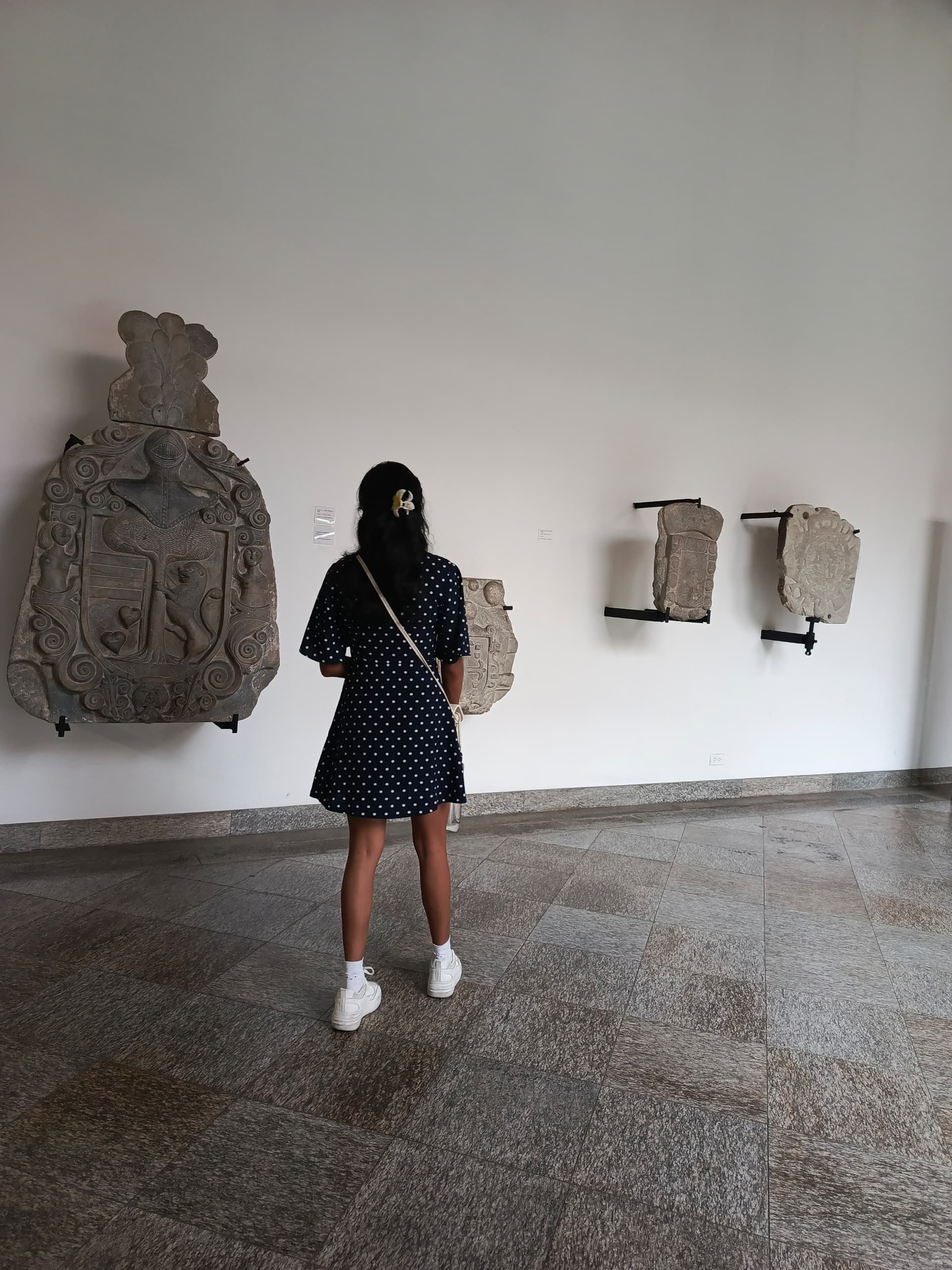 |
| |
|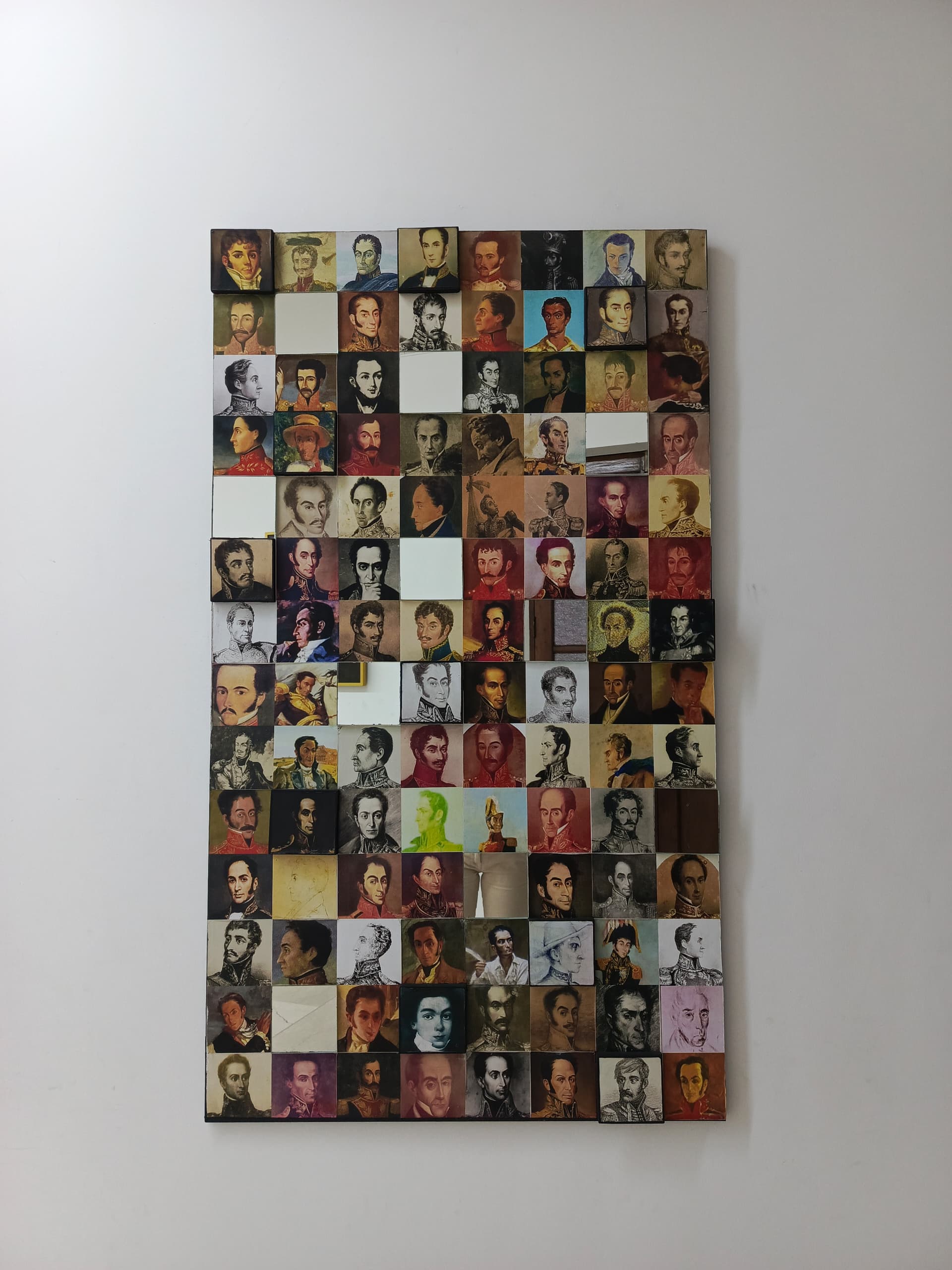 |
|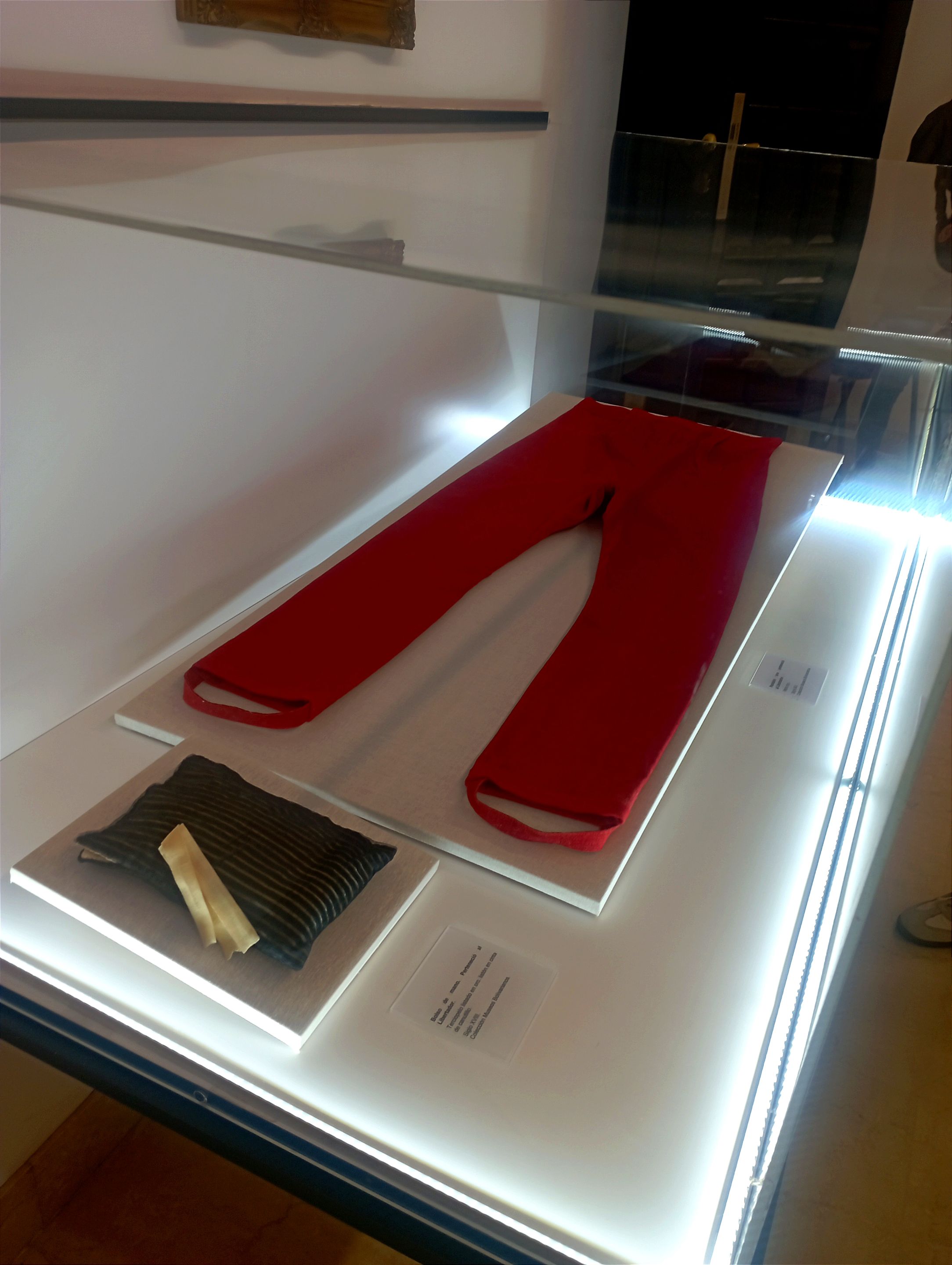 -|-|-|-
---
-|-|-|-
---
 |
| |
|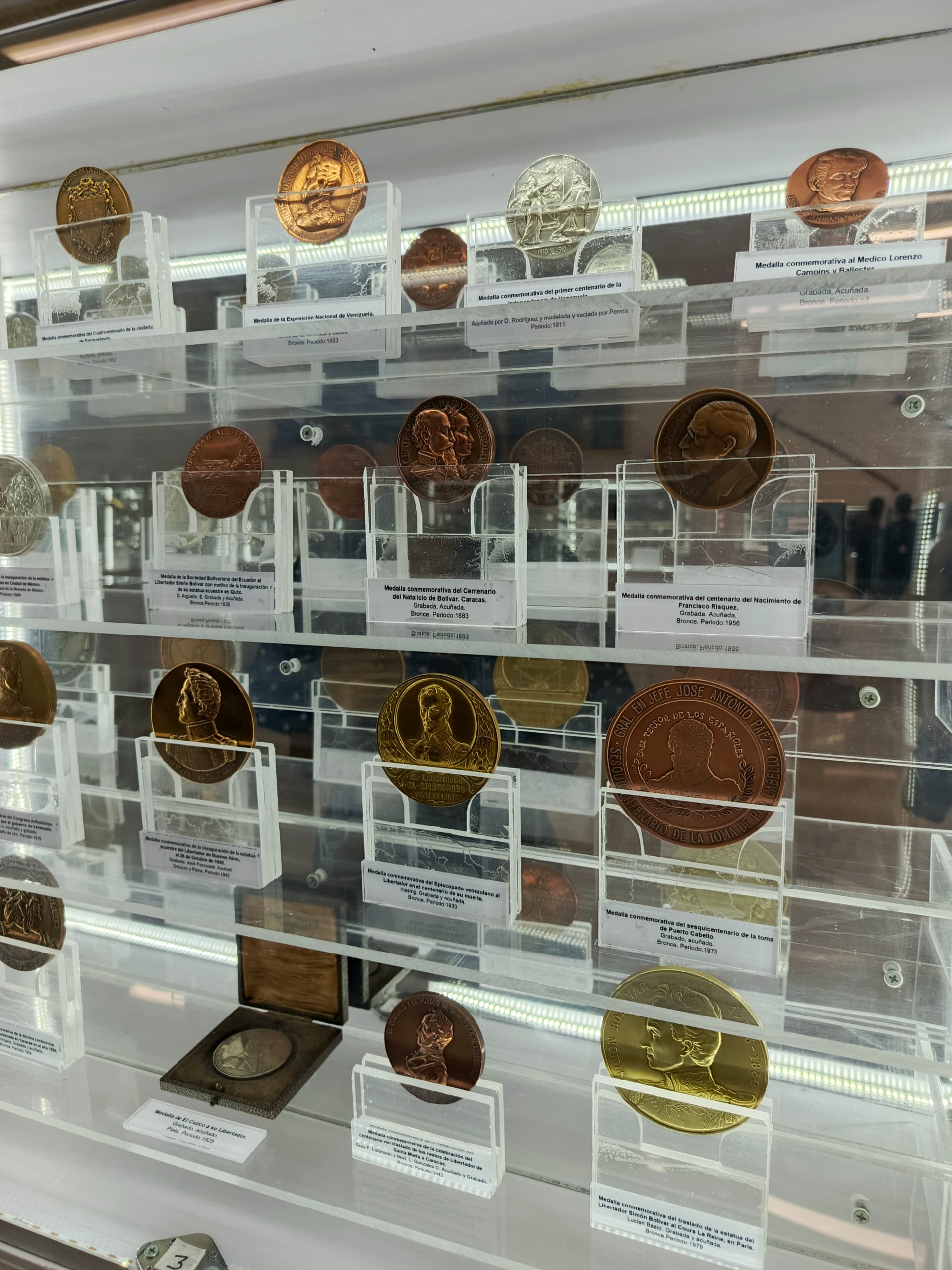 |
| -|-|-|-
---
-|-|-|-
---
Sacred Museum of Caracas
Un paso más adelante nos encontramos con el Museo Sacro de Caracas, ubicado donde alguna vez descansó el antiguo cementerio de la Catedral. El edificio, que data desde 1673, también es considerado como Monumento Histórico Nacional, y abrió como museo en 1993. Al entrar, lo primero que notas es una atmósfera solemne y misteriosa, porque literalmente estás caminando sobre tumbas. En una de las salas se exhibe un muro con doce criptas -se cree que podrían contener los restos de los primeros obispos de Caracas-. Además, se descubrió una fosa común de aproximadamente 25 personas que se cree fueron ajusticiadas durante la ofensiva de Boves en 1813. También se conservan la antigua cárcel eclesiástica del siglo XVIII. El silencio es literal: sientes que el lugar te exige respeto. Cada paso se percibe casi como un eco de lo que fue, y su aura oscura te envuelve sin darte cuenta. No es un sitio para selfies casuales, sino para mirar hacia adentro y escuchar las voces de quienes vivieron hace siglos. La entrada costó $3, fue el único museo en que tuvimos que pagar entrada. Y te recuerda que Caracas cuenta con una historia que no solo está sobre, sino también bajo, en los rincones menos visibles y más reales.Museo Sacro de Caracas
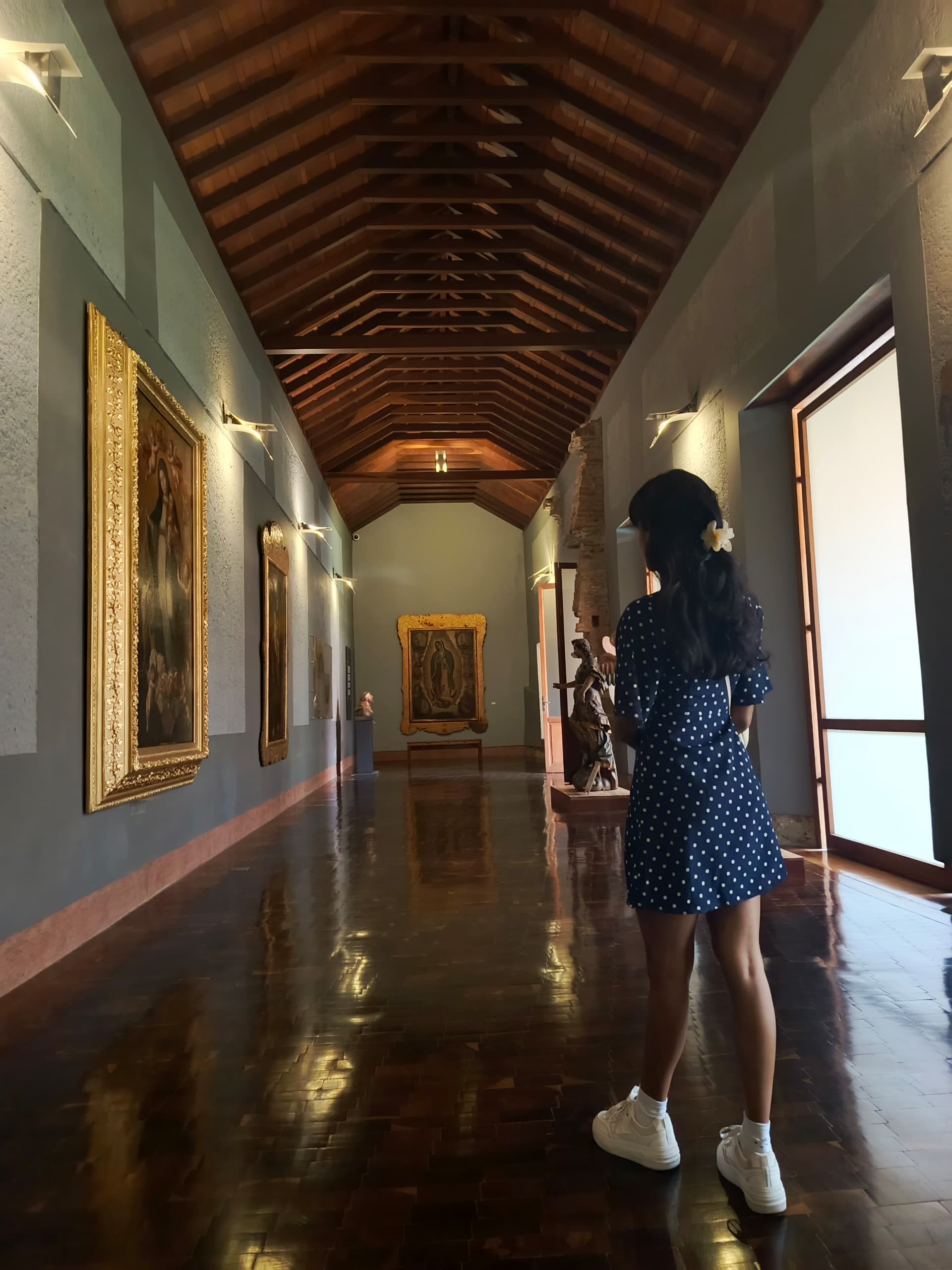 |
|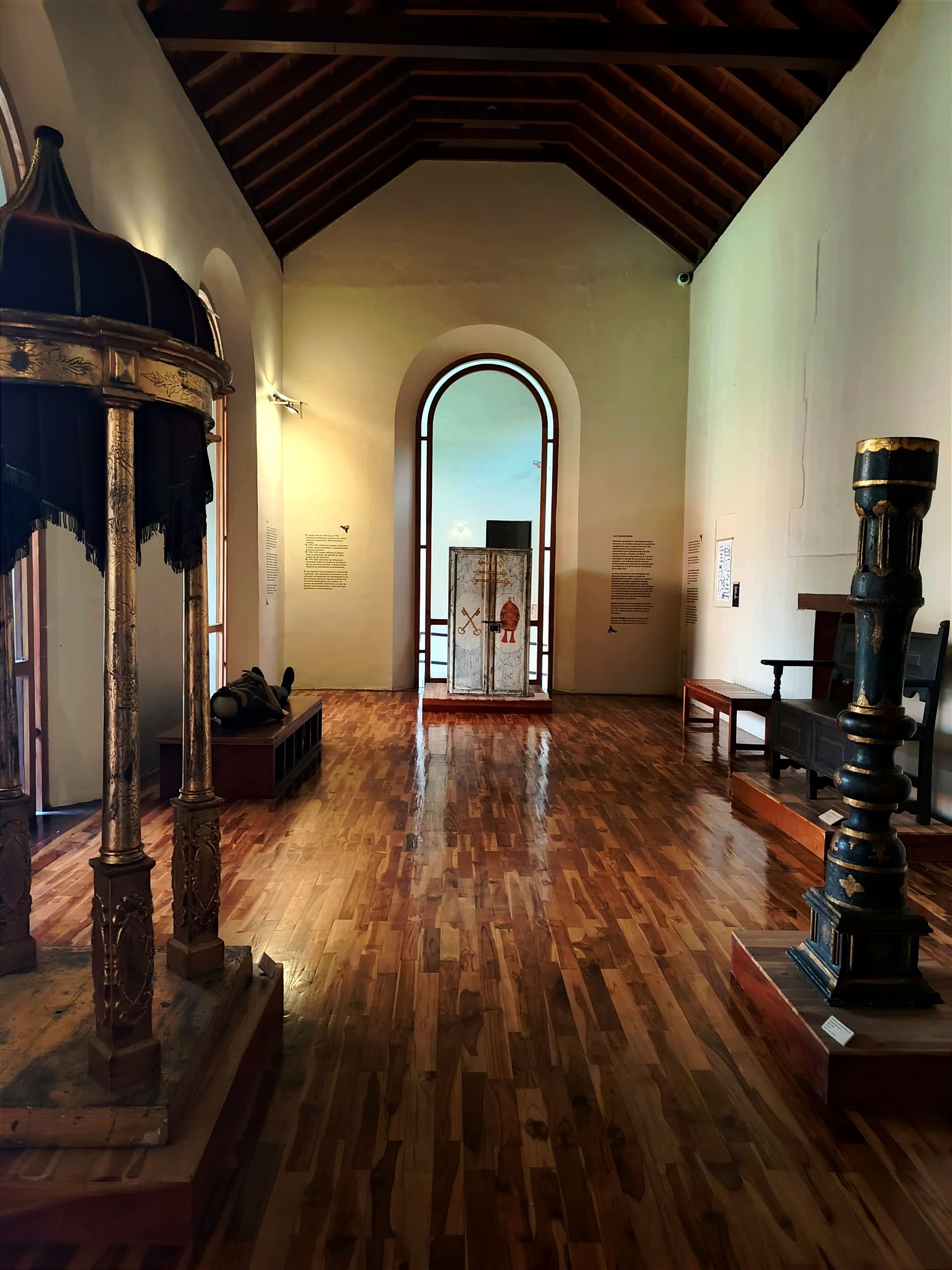 |
|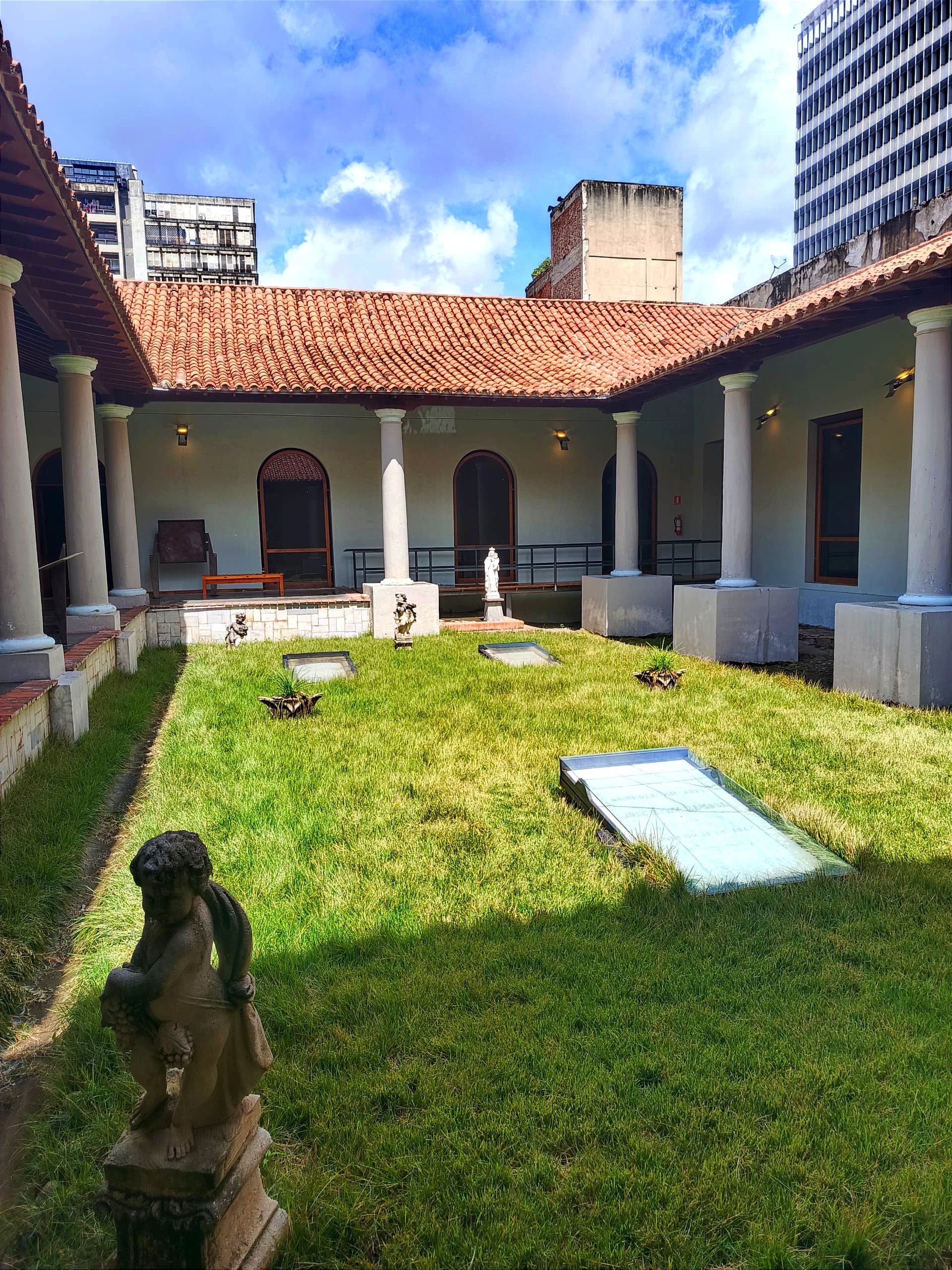 -|-|-
---
-|-|-
---
 |
| |
|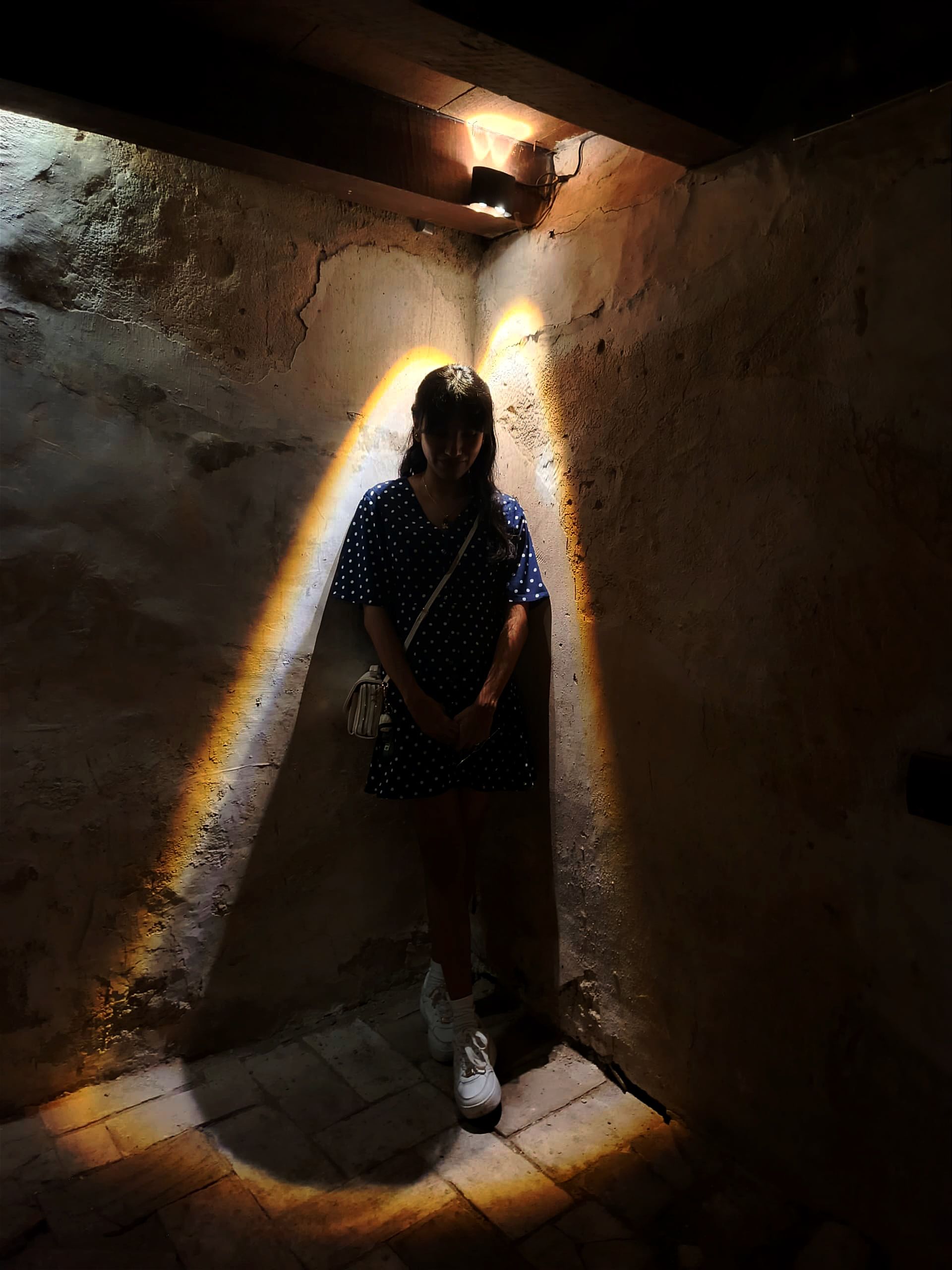 -|-|-
---
-|-|-
---
Caracas City Council
Llegamos al Concejo Municipal de Caracas, un lugar en todo el centro de Caracas, que sirvió como escenario histórico para la firma del Acta de Independencia de Venezuela un 5 de Julio de 1811. El mismo salón donde estuvieron Simón Bolívar, Francisco de Miranda y otros próceres. Allí el guía nos comentó algunos detalles interesantes: que Miranda era amigo de Catalina la Grande de Rusia y que hay quienes dicen que los colores de nuestra bandera podrían haber sido un tributo a ella. También aprendí que el nacimiento del nombre "Caracas", era por una planta local que rodeaba al valle donde estaba situada la ciudad, y no precisamente por la tribu indígena. Además, y gracias a nuestro guía, pudimos usar la llave original que abre las puertas de este lugar; tuvimos en nuestras manos un objeto de siglos. Así mismo, aprendimos que un reloj mandado a hacer por Antonio Guzmán Blanco tiene un error (hecho a propósito) en sus números romanos, debido a la huelga de relojeros españoles y franceses de la época. También vimos maquetas de la Caracas colonial (originalmente llamada Santiago de León de Caracas), y descubrimos que el dicho de "Caracas es Caracas y lo demás es monte y culebra" tiene sentido: en sus primeros años, alrededor de las pocas calles solo había monte y cerros.Concejo Municipal
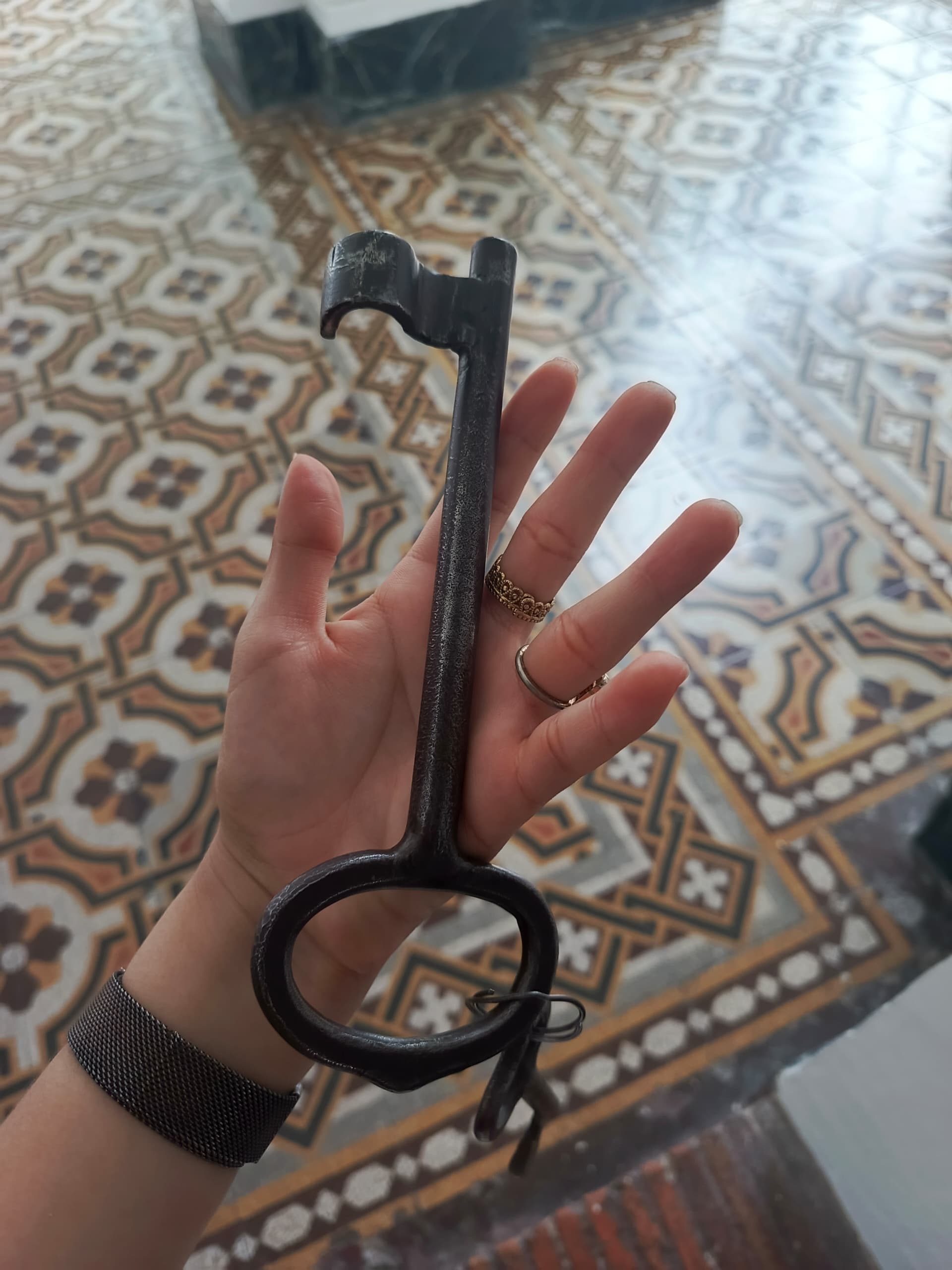 |
|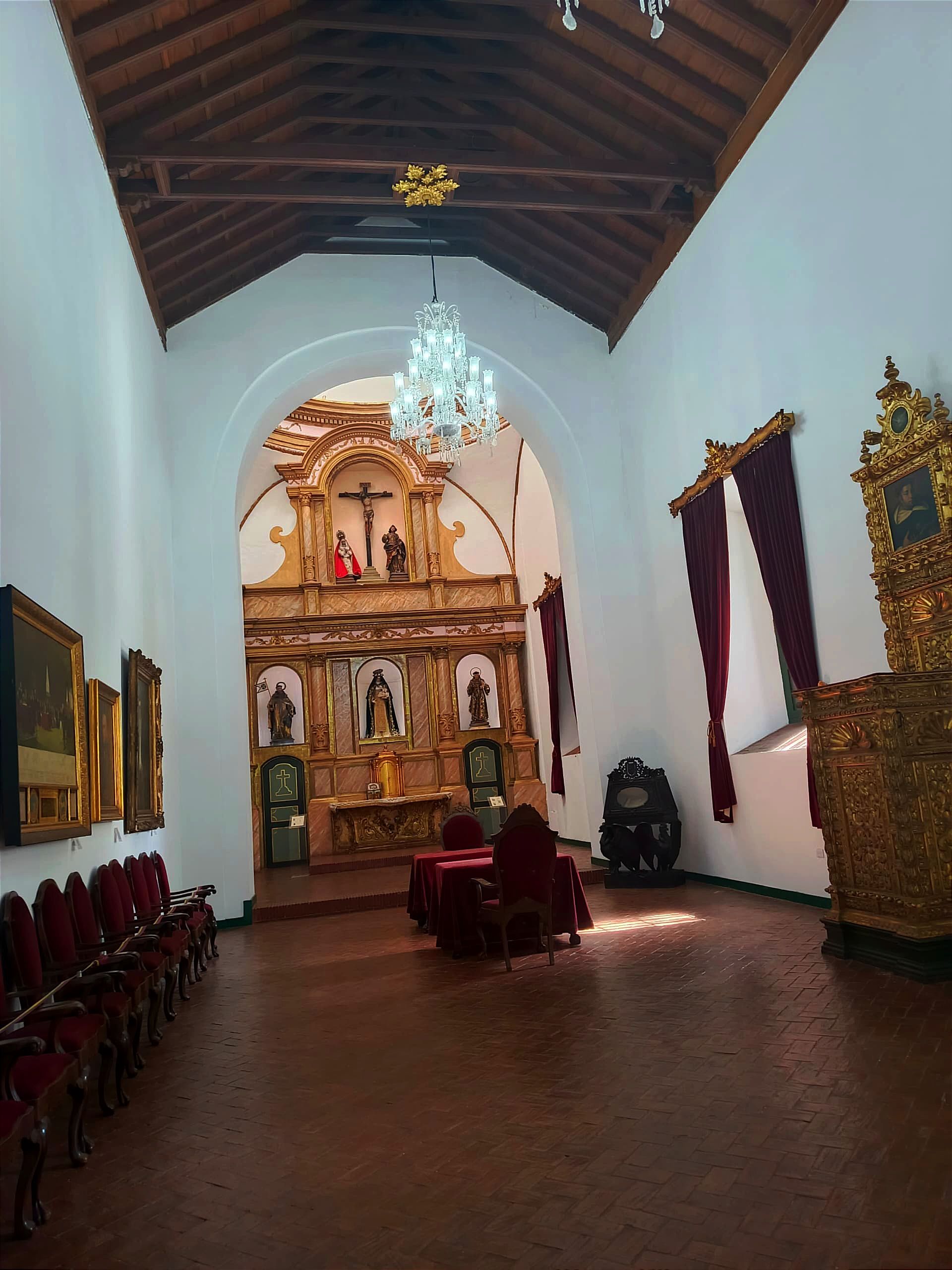 |
|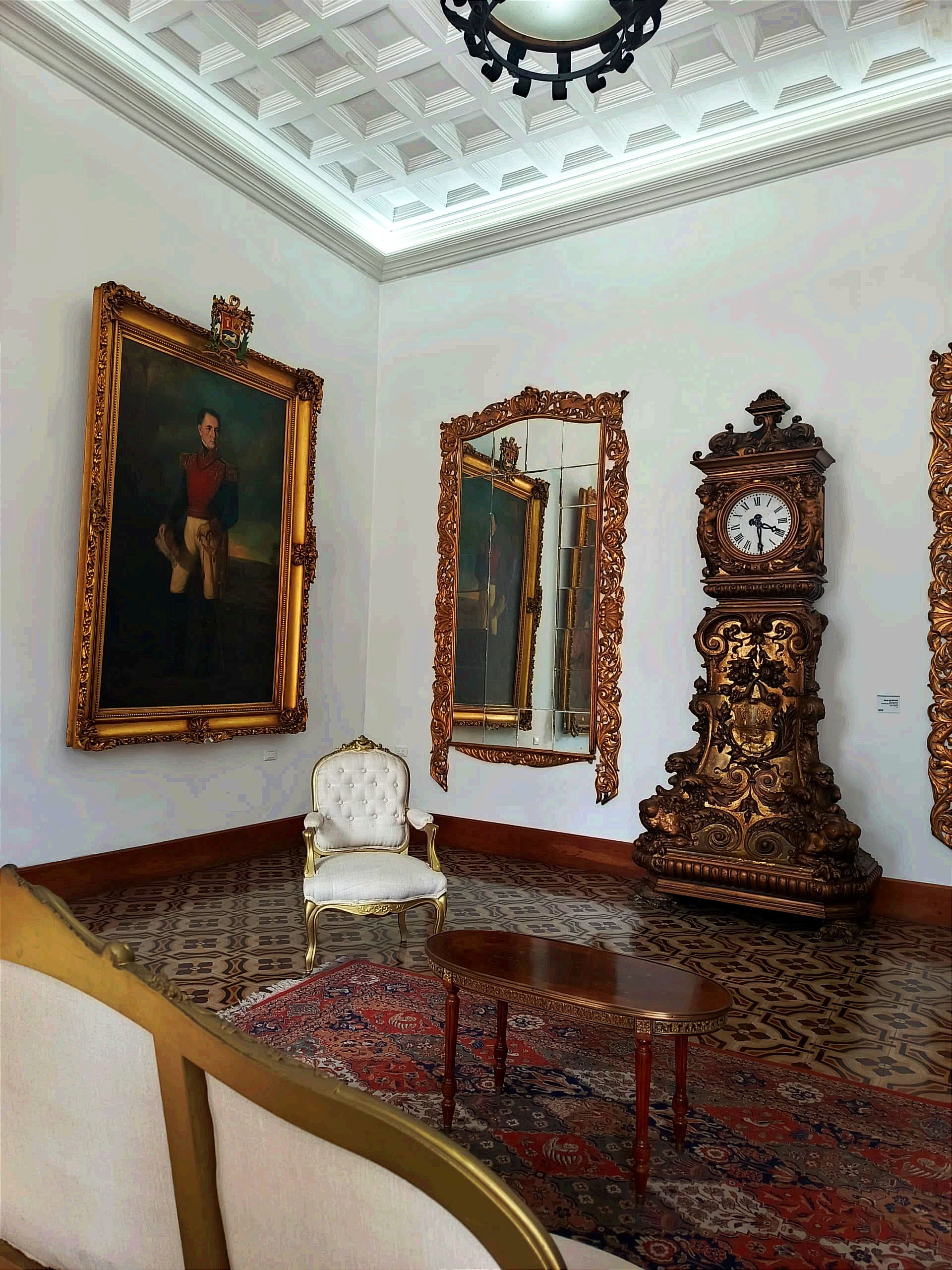 -|-|-
---
-|-|-
---
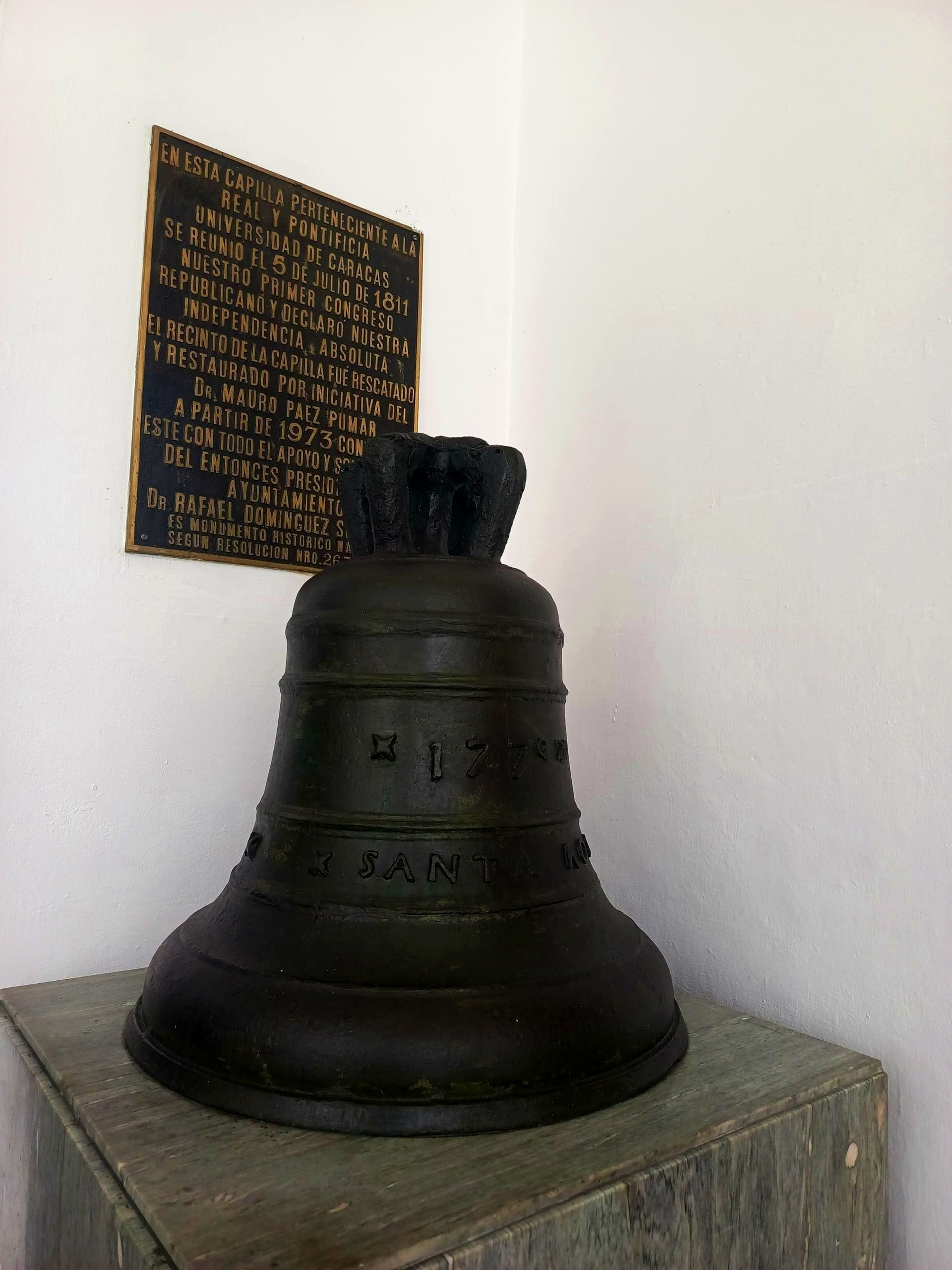 |
|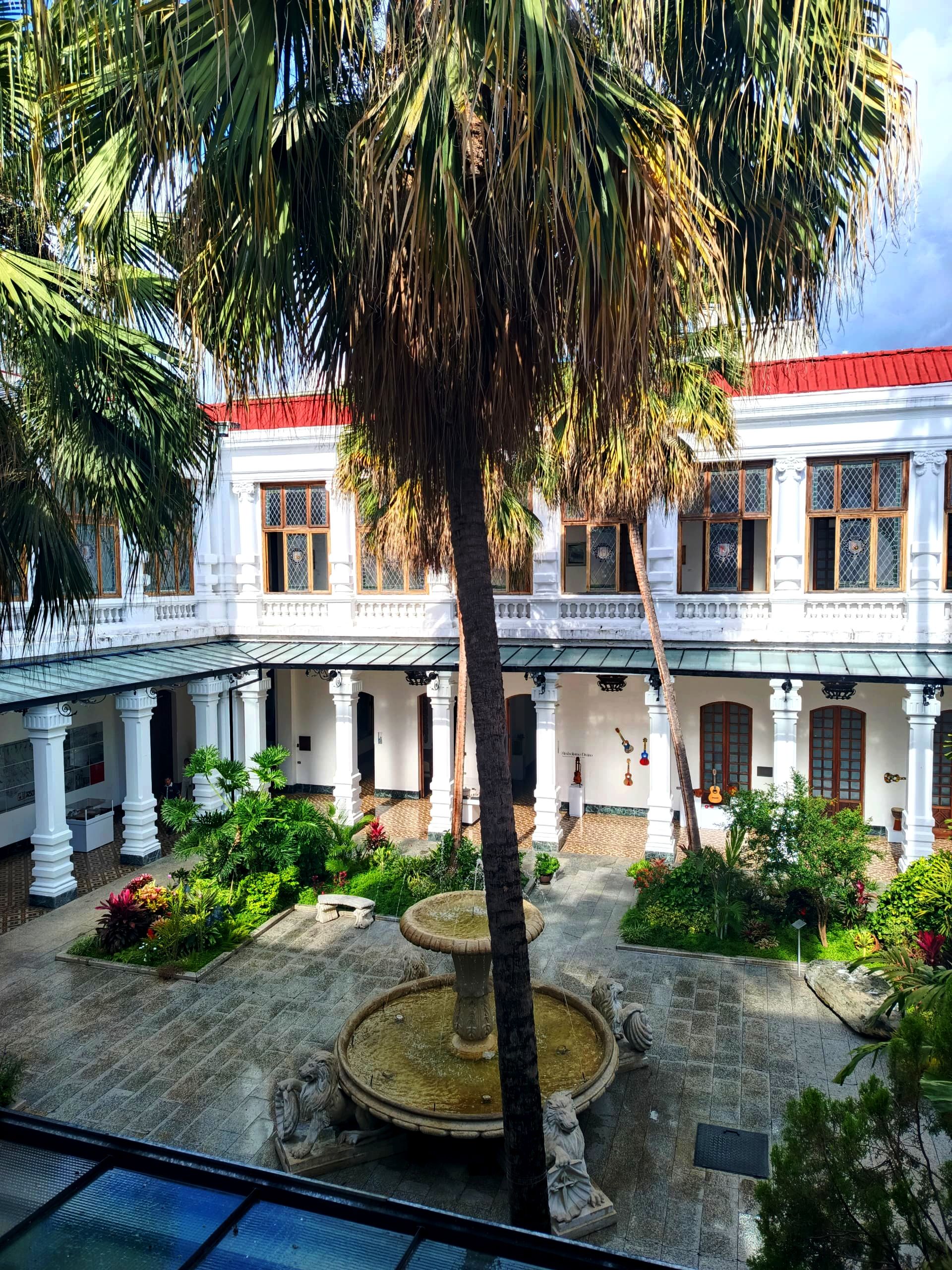 |
|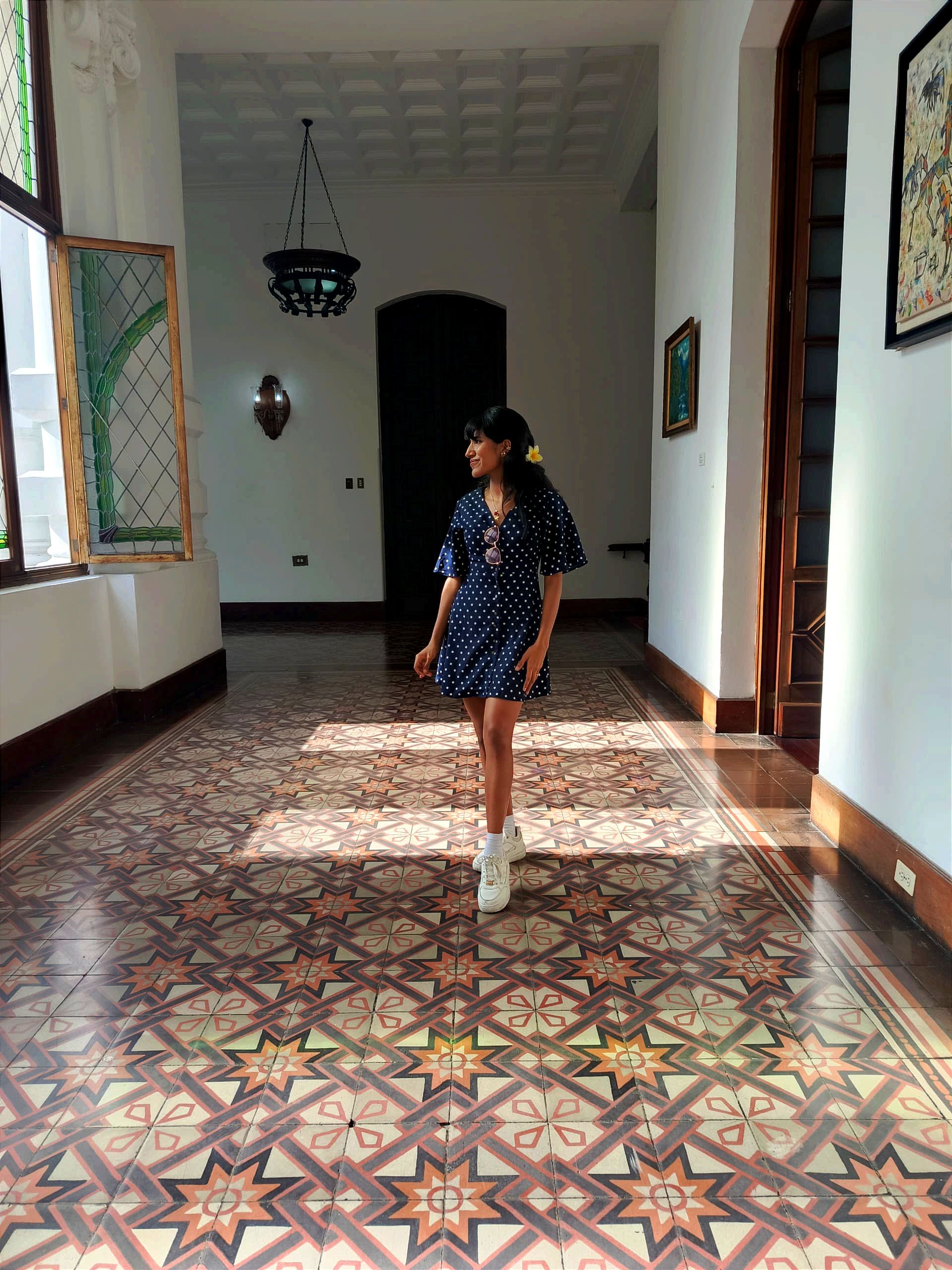 -|-|-
---
-|-|-
---
On the second floor of the City Council building, the original floor of what was once an old school for priests is still preserved. Imagine: I walked on those tiles with more than 500 years of history, thinking about everything they must have seen. Among the most interesting pieces was the first sketch of the map of Caracas that was sent to the King of Spain. It is not exactly an accurate map (in fact, it is quite imprecise), but it is a historical gem.
That day there was also an exhibition dedicated to the artist Emilio Boggio, a Caracas native with Italian roots. Several of his original paintings were on display alongside some of his personal belongings, which gave it a more intimate feel. And I can't forget to mention the gallery's windows... they have that aesthetic that I love, the kind that invite you to linger and gaze for a while.
Before leaving, we went out to the main square. We took some photos and happened to witness a very Caracas moment: macaws leaving their nest and flying through the sky.
En la segunda planta del Concejo Municipal, todavía se conserva el piso original de lo que fue una antigua escuela de sacerdotes. Imagínate: caminé sobre esas baldosas con más de 500 años de historia, pensando en todo lo que habrán visto. Entre las piezas más curiosas, estaba el primer boceto del mapa de Caracas que se envió al Rey de España. No es precisamente un mapa exacto (de hecho, es bastante impreciso), pero sí es una joya histórica. Ese día también había una exposición dedicada al artista Emilio Boggio, un caraqueño con orígenes italianos. Varias de sus pinturas originales estaban expuestas junto a algunas de sus pertenencias personales, lo que le daba un toque más íntimo. Y no puedo dejar de mencionar los ventanales de la galería... tienen esa estética que me encanta, de esas que invitan a quedarse mirando un rato. Antes de irnos, salimos a la plaza principal. Tomamos algunas fotos y justo coincidimos con un momento muy caraqueño: las guacamayas saliendo de su nido y sobrevolando el cielo.
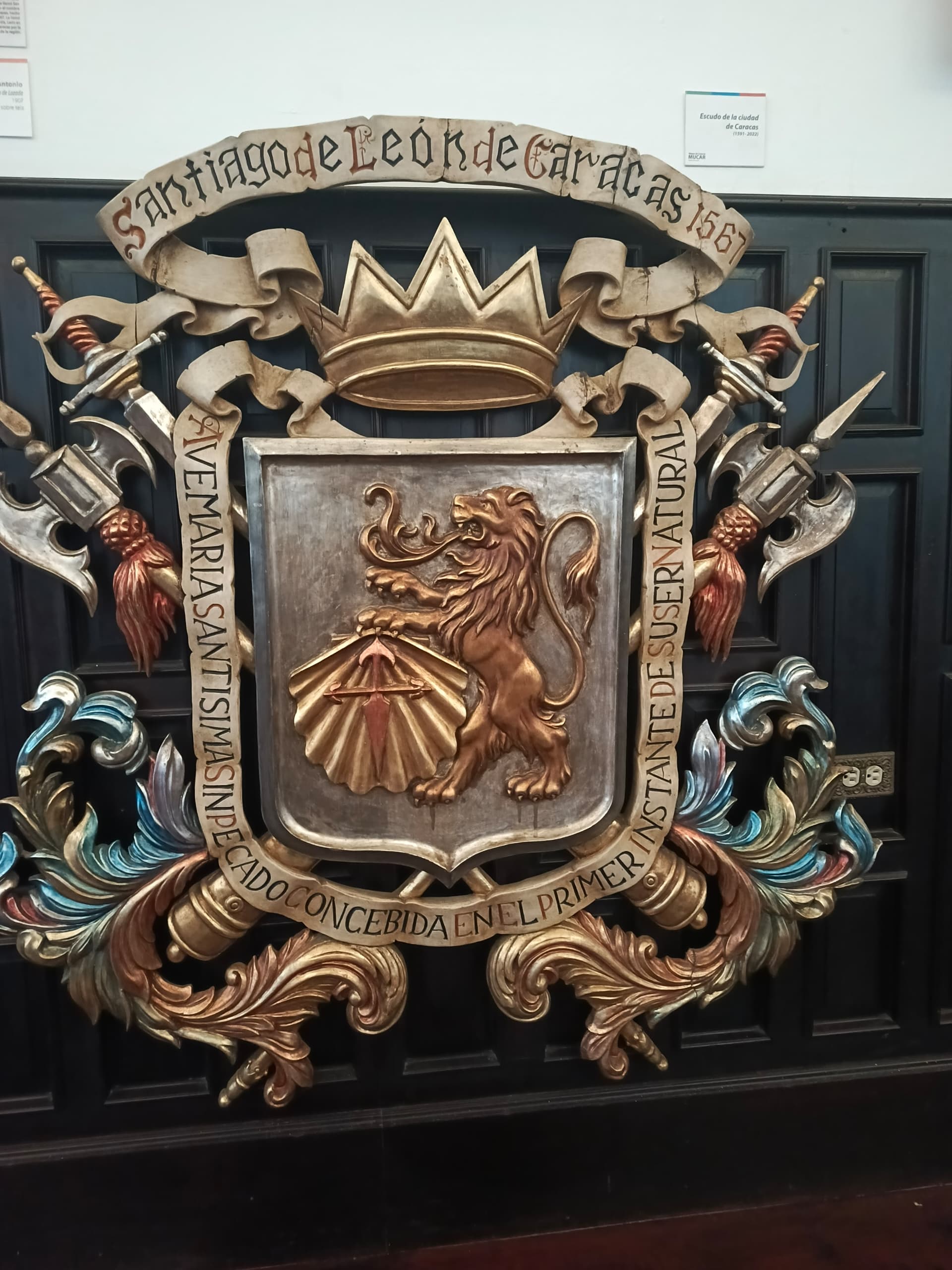 |
|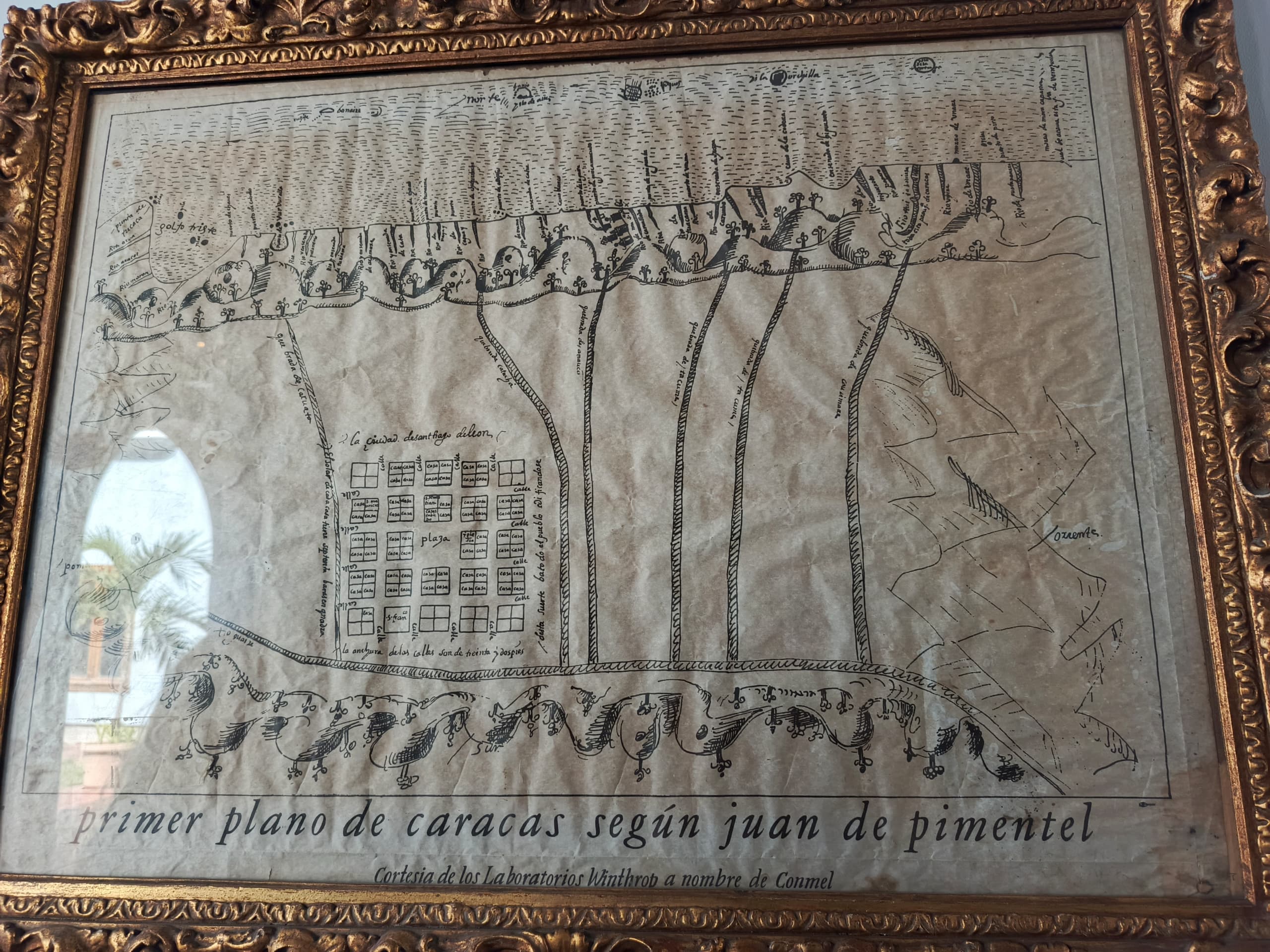 |
|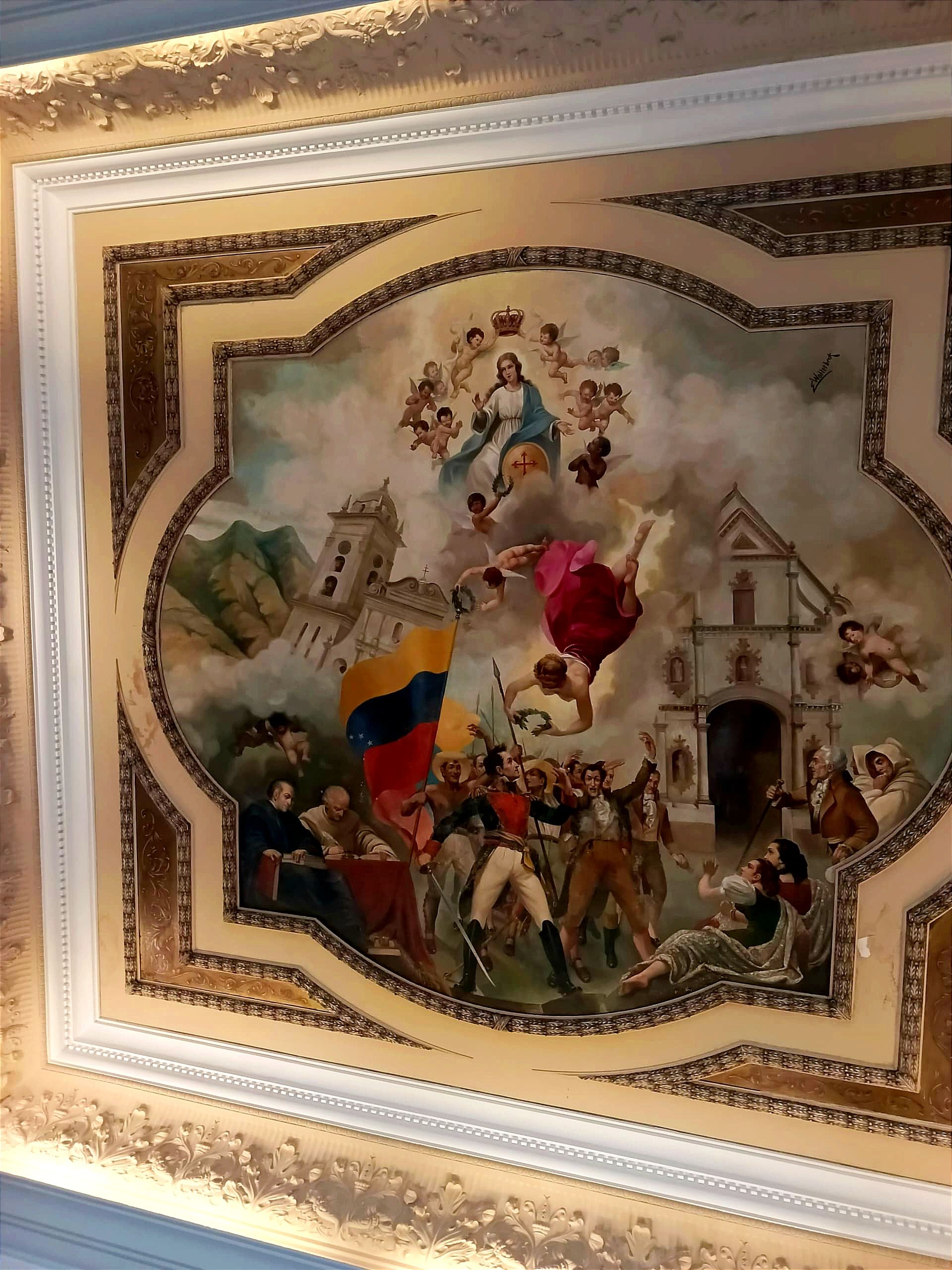 -|-|-
---
-|-|-
---
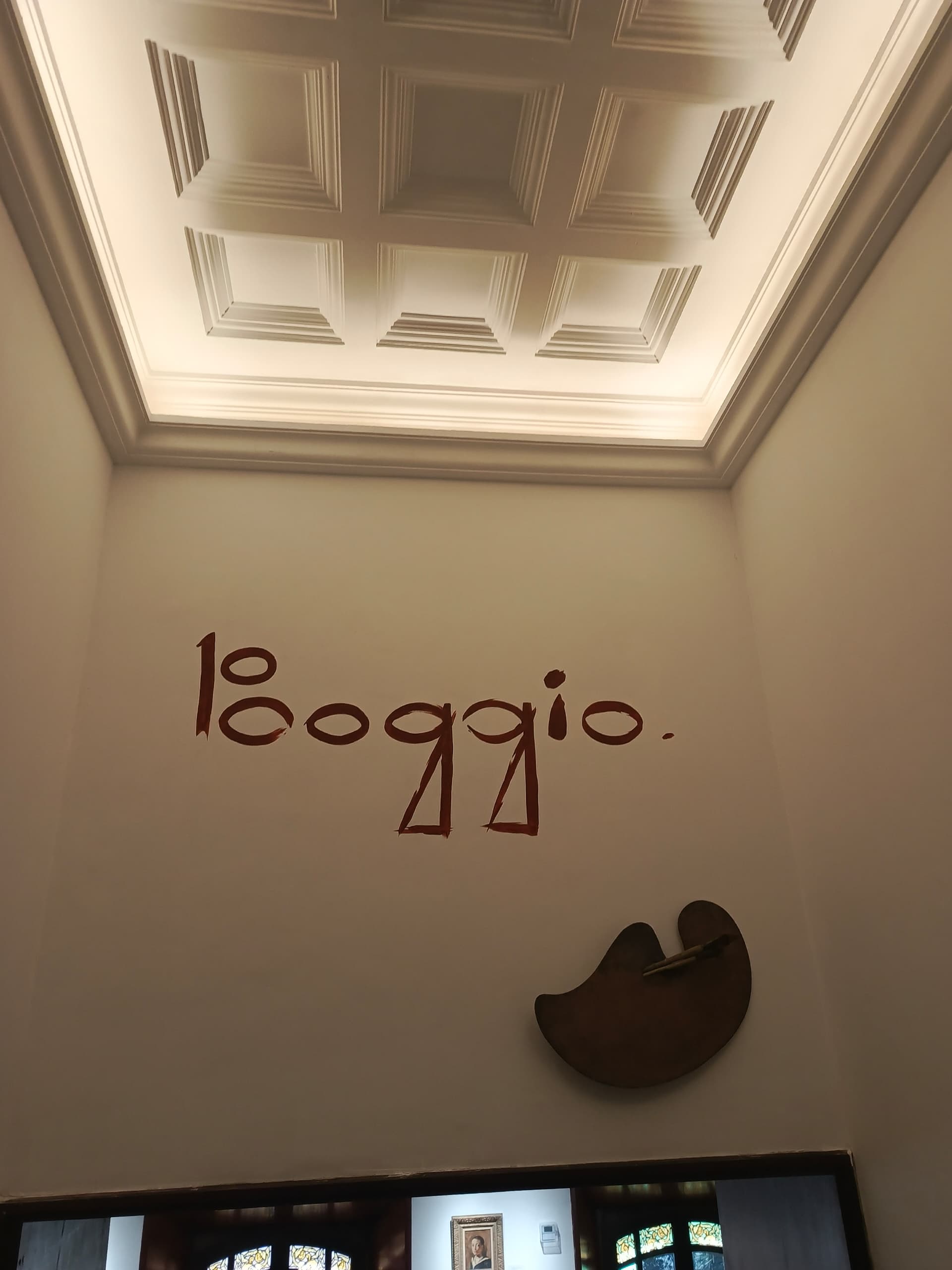 |
|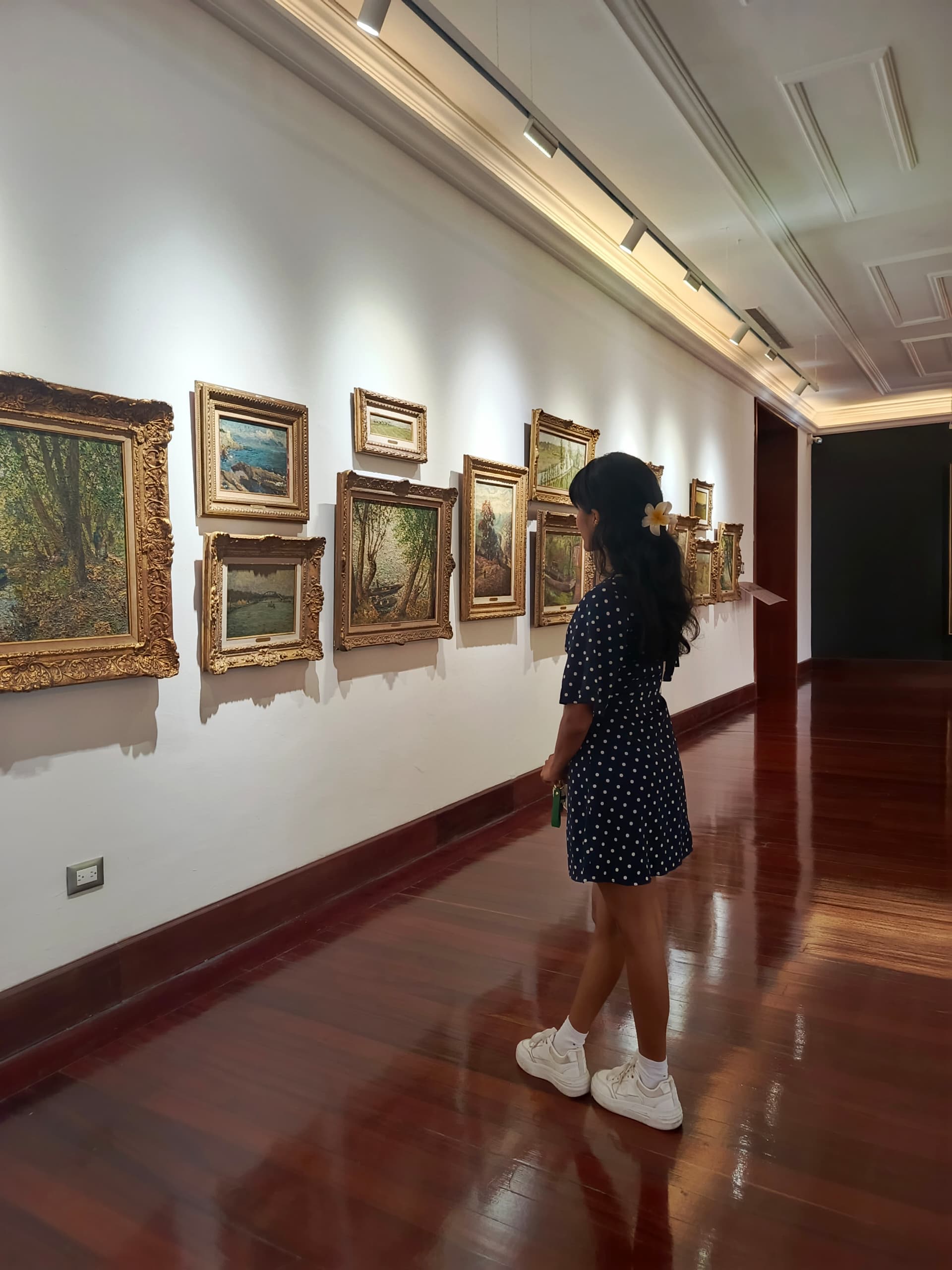 |
|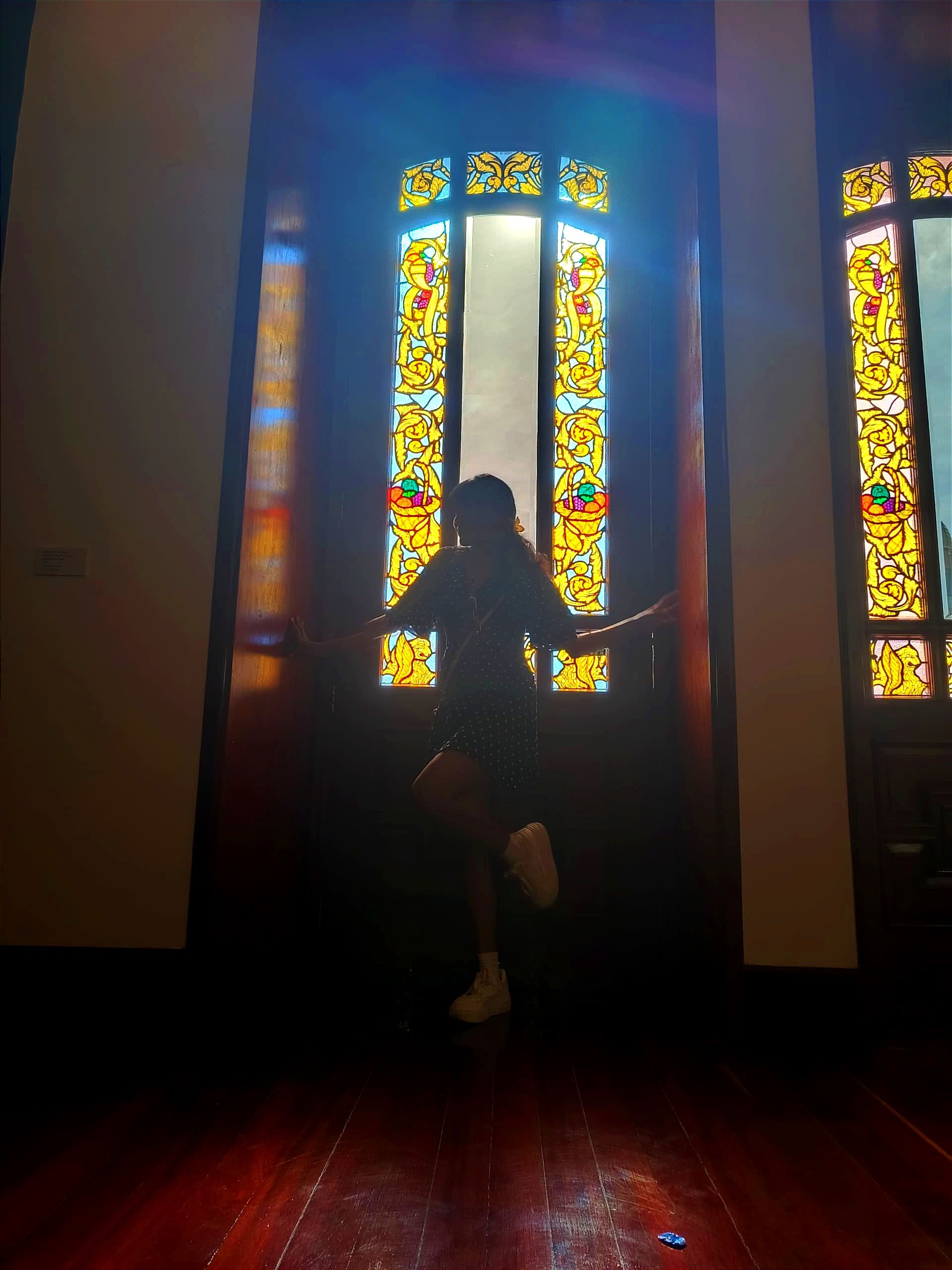 -|-|-
-|-|-
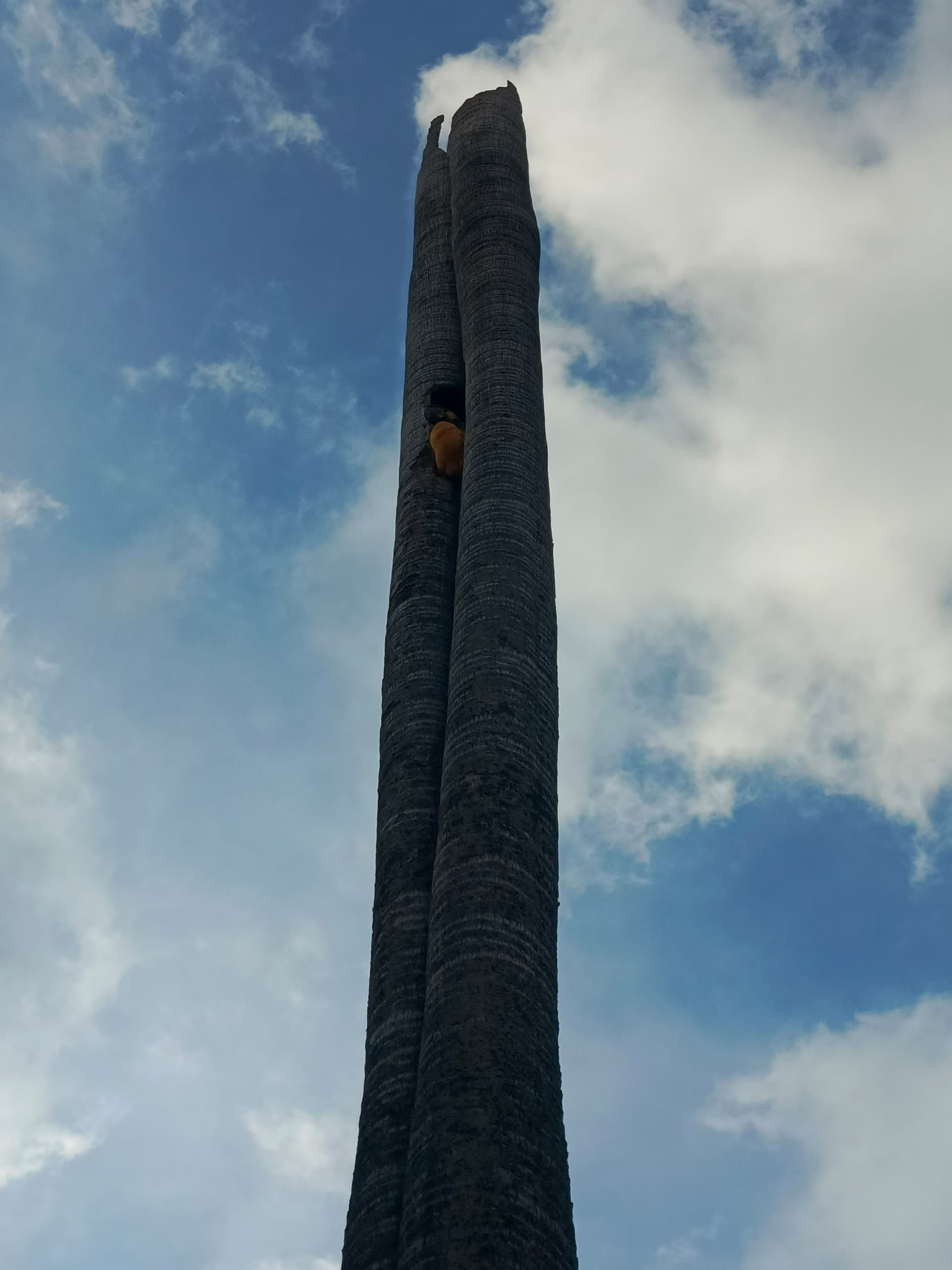 ---
---
To end our tour on a high note, we stopped at the Artesano Café. There, I had, without exaggeration, the most exotic coffees I have ever tasted in my life. Coffee with orange liqueur? Coffee with brandy? And all at an affordable price! Of course, I said yes. I paired it with a well-deserved golfeado—that sweet, soft, sticky